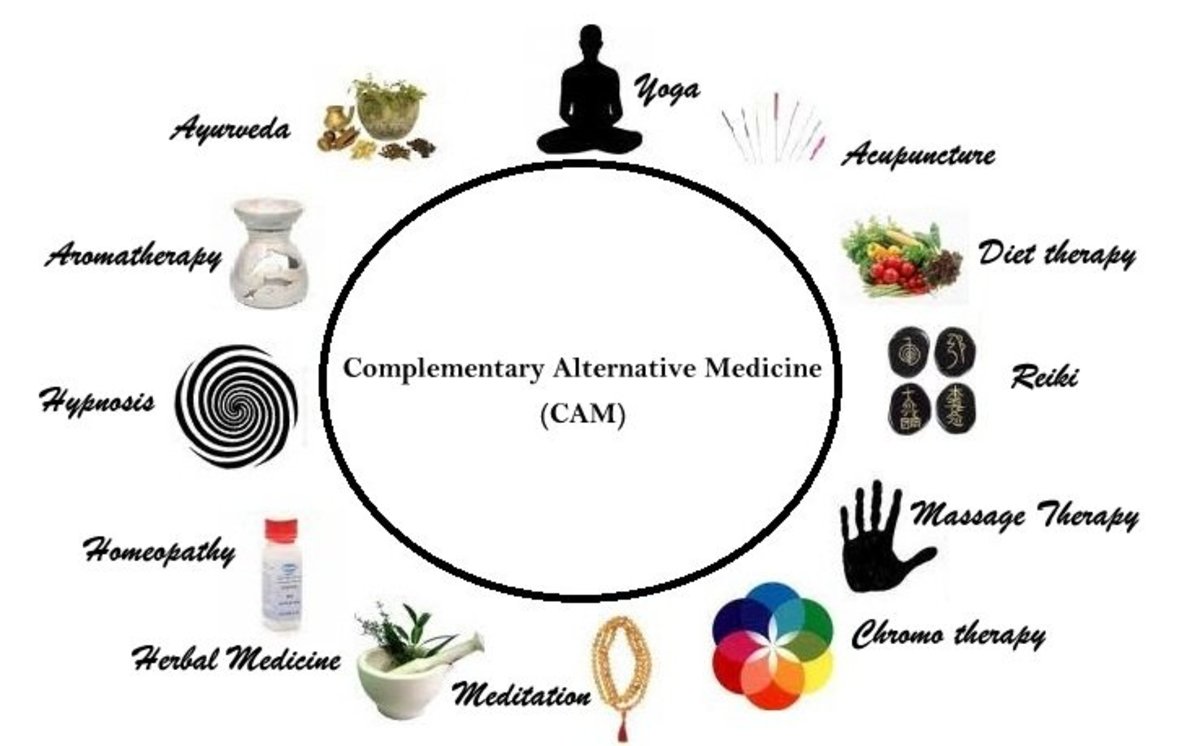Hepatitis B Puts You at Risk for Liver Cancer, Cirrhosis and Infection by Hepatitis D Virus
Chelation therapy for hepatitis B virus is similar to chelation therapy for heart disease as shown here. Chelation solution drips from a bottle into an artery.

Hepatitis B vaccine must be given to all newborns
Hepatitis B virus causes inflammation of the liver, cirrhosis and liver cancer. It infects about 300,000 in the United States every year (Offit, P., MD and L.M. Bell, MD. Vaccines: What Every Parent Should Know. 1999:75).
Hep B virus infects adolescents and adults. It is carried in the bloodstream for several years. An afflicted person may not look sick. Since s/he is a carrier s/he can infect other people.
Hep B virus
Hep B virus consists of DNA (deoxyribonucleic acid). It is neither dead nor alive. A virus becomes alive when it had infected a host like fowl, pig, and man/woman.
Viruses are either DNA or RNA (ribonucleic acid), like the dengue fever virus. But RNA or DNA alone cannot multiply. RNA and DNA must work together (this involves a long discussion which will not be done here). Suffice it to say that a RNA virus seeks or reconstructs DNA; a DNA virus seeks or reconstructs RNA. DNA contains the information code, RNA delivers the message to construct a protein or cell that, in the presence of foliate, can multiply.
Hep B virus is composed of a protein coat and DNA. A hep B virus when it comes into contact with a host, seeks a cell with a hole that matches its size and shape, like lock and key. Getting past the hole and once inside the cell it commandeers the FNA of the host cell. The partnership between RNA and DNA makes for multiplication. That is, new cells are produced with the genes of the hep B virus. Hep B virus, microbes for that matter, duplicates every 20 minutes, meaning it doubles its population every 20 minutes. That is why hep B infection is exponential. The host cell bursts when the viral population had overstretched the matrix that confines the cells. Bursting spreads hep B virus to other cells. This chain reaction of infection, overpopulation and bursting goes on unless hep B is countered.
Why does hep B virus target the liver? The reason is that foliate is concentrated in the liver; foliate is needed in the multiplication of virus. Foliate is also called folic acid, a member of vitamin B complex, B-9.
Symptoms, cirrhosis and cancer
Children who get hep B may not get sick. However, they lose appetite, vomit, feel tired and get nauseated. Their eyes turn yellow and their skin also turn yellow, called jaundice.
“The patient may have a number of symptoms, including fatigue, loss of appetite, abdominal discomfort, jaundice (yellow color of the eyes or skin), and other abnormal liver blood tests” (Abou-Alfa, G. K, MD. and R. P. DeMatteo, MD. 100 Questions & Answers About Liver Cancer. 2009. 2nd edition:10)
Cirrhosis is a a kind of embalming while the person is still alive (Cranton, E. MD. Bypassing Bypass. Updated second edition. 1995). Liver cells sustain scars that do not go away. Cirrhosis kills.
Liver cells whose DNA are mutated, triggered by virus infection, turn into tumor or cancer. These have the same origin: they start with only one mitotic (dividing) cell. To recall, a cell infected with a microbe divides into two every 20 minutes which is actually growth. When their growth becomes uncontrolled tumorous cells breach the cell matrix, get into the blood or lymph fluid then spread to other cells in the body. That process is called metastasis; the tumor graduates into cancer. .
How do virus trigger cancer and cirrhosis? Take this hypothesis or scientific guess.
Hepatitis B virus infects liver cells. Macrophages, components of the immune system, shoot virus and infected cells with nitric oxide (NO) produced by the inducible nitric oxide synthase (iNOS). NO/iNOS is a gas free radical used like bullets to kill the virus but healthy cells in the vicinity of infected cells are also hit. NO/iNOS initiates mutation that results in scar or tumor then cancer. Mutation in one cell is enough to develop into a tumor then cancer. Mutations may produce scars only that result in cirrhosis.
There are other causes of cirrhosis, like alcohol. Extra unmetabolized alcohol is converted into furfural and formaldehyde which is related to embalming fluid. Formalin is 67% formaldehyde; formalin is used in embalming. It was used by Dr. Salk in hardening and maintaining the shape and size of the coats of poliovirus that he developed into killed-poliovirus vaccine (Kluger, J. Splendid Solution, Dr. Jonas Salk and the Conquest of Polio. 2009)..When liver cells are damaged by hep B virus they fail to metabolize alcohol that accumulates and gets converted into formaldehyde.
"A healthy liver can metabolize 30 to 40% proof of alcohol (gin, whiskey, vodka) at the rate of 30 ml per hour...." (Fontanilla, C.D. Benefits Derived from PhilNONI. 2008:36).
A person who got infected with hep B may get sick of cirrhosis but may not get sick of cancer (Abou-Alfa, G. K, MD. and R. P. DeMatteo, MD).
The body eliminates hepatitis A virus after an inflection with it and the person’s risk for cirrhosis or liver cancer does not increase. However, persons infected with hepatitis B and C virus never completely get rid of the virus after they get well. They are at risk for developing cirrhosis and liver cancer.(Abou-Alfa and DeMatteo).
Sources of hep B
Hep B virus is transmitted by the blood and body fluids of a person infected with this virus. The baby of a mother who has hep B virus has a high probability of getting into contact with the blood of his/her mother during delivery. So, this child is infected with hep B virus.
“About 90 percent of newborns infected during delivery will not only be infected but go on to develop chronic hepatitis B virus infection. Many of those with chronic infection will develop liver failure (cirrhosis) and die from the disease” (Offit, P., MD and L.M. Bell, MD. Vaccines: What Every Parent Should Know. 1999:79).
There are about 500 million infectious particles found in one teaspoon of blood of a person infected with hep B. In the United States about 20,000 women who have hep B give birth.
Men, fathers for that matter, can transmit hep B virus. Hepatitis B virus can be transmitted by sexual contact and blood transfusion. "...Family contacts are at risk simply by sharing washcloths., toothbrushes, razors, or nail clippers with an infected person." Other modes of transmission are tattoo, acupuncture, and dialysis.
"However, hepatitis B viruses cannot be spread by holding hands, sharing eating utensils or drinking glasses, kissing, hugging, coughing, sneezing, or breastfeeding" (Wikipedia).
Hep B is more infectious than HIV, 50 to 100 times over.
Hep B vaccine
Since 1991 the policy has been that all infants should be administered with the hep B vaccine. “The first dose should be given between birth and 2 months of age; the second dose should be given one to two months after the first dose; and the third dose should be given between 6 months and 18 months of age” (Offit, P., MD and L.M. Bell, MD. Vaccines: What Every Parent Should Know. 1999:76).
Even when the newborn was not given hep B vaccine immediately there is still a chance to immunize him/her. Hep B takes 70 days to incubate (from exposure to disease) during which the vaccine works to prevent infection (Same source as above:80).
Before 1991, the administration of hep B vaccine had been selective but this was not effective. Some 30 to 40 percent infected persons had escaped the net, as it were. That is why the complete vaccination of all newborns.
The first vaccine against hep B was made with the million-chicken- egg technology invented by Dr. Jonas Salk and his team they used in the development of the Salk vaccine against the poliovirus. However, this technology involves blood from the source of hep B virus. Therefore, there is probability that this blood infects the recipient of the vaccine not only with hep B virus but also with AIDS virus.
A new technology such as recombinant DNA is now employed to produce vaccines. To repeat, hep B virus consists of protein coat and the DNA. The protein coat can be separated from the DNA. There is also a virus gene that controls the production of protein coat. This gene was isolated, incorporated into a yeast cell that produces this protein coat. Yeast cells with genes of hep B protein coat can be mass produced, harvested, the protein coats separated and used in making hep B vaccine. However, some parts of the yeast cell protein remain with the protein coat (Same source as the above:77). This vaccine was launched in 1986.
Because of yeast remnants, hep B vaccine may not be given to persons allergic to yeast. A severe side effect of hep B vaccine is anaphylaxis whose symptoms include "swelling of the mouth, breathing difficulties, low blood pressure, and shock." Fortunately, no one died of anaphylaxis.
The medical world has not yet found an explanation, a theory, why the body cannot develop a total immunity from hep B and C; whereas it can develop immunity against hep A.One possibility is that the RNA of hep B is more potent than that of hep A. Hep B sustains more mutations than hep A. Also, since the protein coat of hep B can be separated from the DNA, the macrophages and neutrophils may dispose off the coat only and miss some DNA of hep B leaving them behind.
How does a vaccine work?
The hep B vaccine consists of a protein coat without RNA or DNA. That is, the protein coat does not multiply; it is dead. This coat induces the immune system (T cells and B cells) to produce antibody. T cells and B cells multiply into millions in a short time. Millions of antibodies are produced; during production the person sustains a fever. A fever is the body's way of slowing down the microbe, or of killing it. An antibody is latched on the surface of the protein coat changing its size and shape. A deformed and enlarged protein coat does not fit any hole in the cell of the host. A deformed and enlarged protein coat cannot get into a cell (it is a false enemy, anyway). The macrophages and neutrophils, components of the immune system, engulf deformed protein coats and dispose them off. Once the false enemies had been disposed off B cells die off but some of them remain as memory B cells for the rest of your life. When the same kind of protein coats come back, or the real hep B viruses attack the memory B cells will induce the production of antibodies against them (Jaret, P. Our Immune System: Wars Within. National Geographic. June 1986). Macrophages and neutrophils will dispose off the real hep B viruses. You can say that the basis of vaccination is the memory B cell.
I have a Hub "Salk Polio Vaccine: How The Size And Shape Of Killed Poliovirus Incite Immunization."
Control of hep B virus by chelation therapy
In March 2012, Dr. Arturo V. Estuita, MD, a Filipino internist and chelationist, discovered that infusion chelation therapy can control hep B virus in the afflicted person. I have a Hub “A Medical Breakthrough In The Control of Hepatitis B by Chelation Therapy.”
With 8 to 10 sessions of chelation therapy the virus count from 8 million went down to 450,000 in a fellow who went to him for treatment of hep B. This fellow was applying for job in an ocean-going ship. After those sessions, he went for a hep B test in a clinic accredited by this shipping company. He passed the examination and he is now employed by this shipping company. That is, he is now clear of hep B virus.
Infusion chelation therapy consists mainly of EDTA (ethylene-diamine-tetra-acetate) that has been approved by the Food and Drug Administration of the United States. Early on EDTA was used to remedy lead poisoning. It has been found to work well with other diseases like heart disease where it is used to erode the plaque. EDTA has a negative charge; the hep B protein coat has a positive charge. EDTA combines with and removes hep B virus. The chelate, mixture of EDTA and hep B virus, is moved to the urine for ejection by the body.
Dr. Estuita, who had trained in the United States on chelation therapy, told me that he has incorporated a propriety mineral in the EDTA that binds with hep B virus.
As of this writing Dr. Estuita had treated 10 patients with hep B. Dr. Patrick Adani, a general practitioner in Uganda, has requested for estimates of expenses that might be incurred by Ugandans in coming over to the Philippines for treatment of hep B.
Chelation therapy is beneficial for those who had been infected by hep B and got well. The reason is that hep B virus still remain in their body. It benefits those who had not been vaccinated but had been exposed to hep B virus sources, like living with a carrier. It benefits babies whose mothers are carriers and who had not been vaccinated within 70 days after birth. Likewise it benefits those who cannot be given the hep B vaccine produced by yeast because of allergy to yeast.
Those who had had blood transfusion before 1991 were probably given blood with hep B virus. Before 1991 screening for hep B and C was not yet very strict. It is easy to have a blood test for hep B virus. A hep B negative result rules out the need for chelation therapy. However, hep B vaccine should be administered.
Hepatitis D
This is new in the list of hepatitis. In fact, there are more: hepatitis E, G, and TTV.
Hepatitis D virus can live only in the presence of hepatitis B virus. I have a Hub on this topic, "Treat Hepatitis B to Prevent Hepatitis D.".
Hubs related to hepatitis B written by conradofontanilla
http://conradofontanilla.hubpages.com/hub/Theories-of-Hepatitis-B-as-Bases-of-Treatment
http://conradofontanilla.hubpages.com/hub/Now-A-Medical-Breakthrough-in-the-Control-of-Hepatitis-B
http://conradofontanilla.hubpages.com/hub/Treament-for-Hepatitis-B-Prevent-Hepatitis-D
http://conradofontanilla.hubpages.com/hub/Hepatitis-B-Puts-You-AT-Risk-Of-Getting-Sick-Of-Liver-Cancer-And-Cirrhosis







